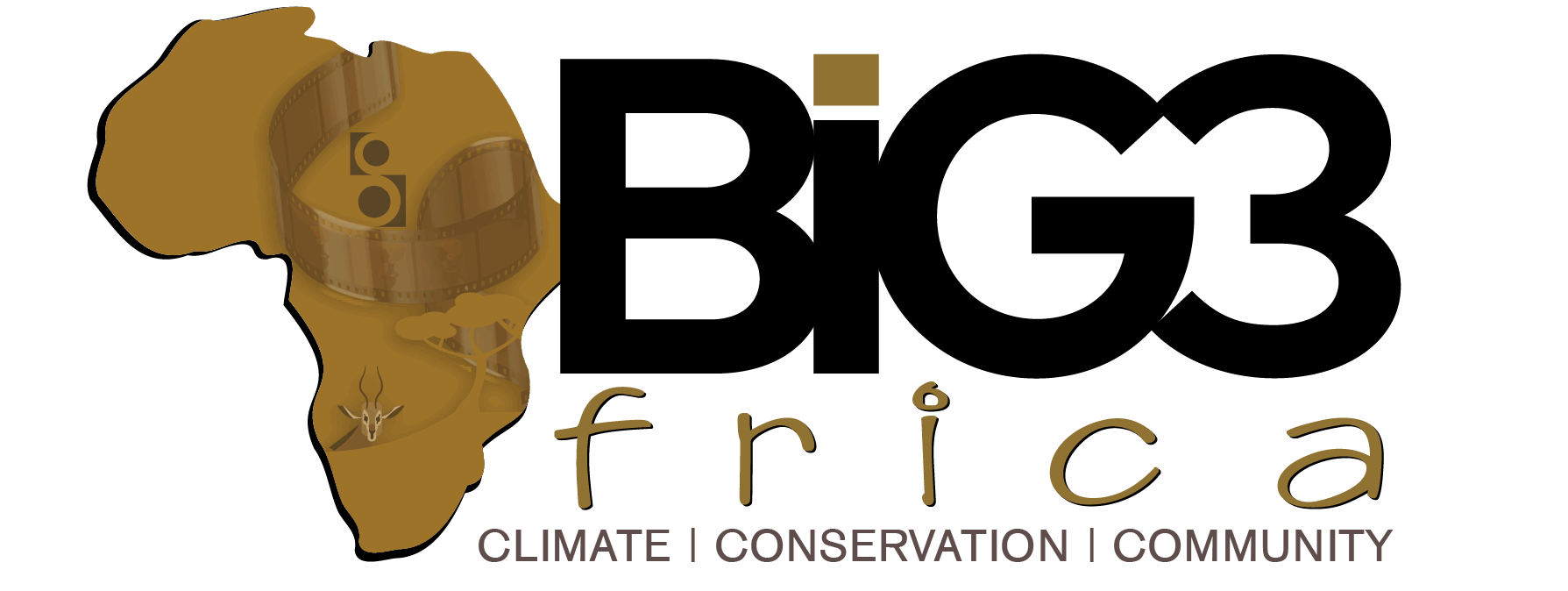Researchers at the University of Florida are currently experimenting with a revolutionary new cattle feed that could potentially decrease the amount of methane gas released by dairy cows through their burps and flatulence. This breakthrough could have a significant impact on reducing greenhouse gas emissions in the atmosphere.
With methane being a key player in trapping heat in the atmosphere, finding ways to reduce these emissions could lead to a more eco-friendly and sustainable approach to dairy farming.

Methane is a greenhouse gas responsible for about a third of global warming. Although it stays in the Earth’s atmosphere for about 12 years, it has 84 times more warming power than carbon dioxide (CO2) over a 20-year timescale. As cattle digest their food, they produce and emit methane, specifically enteric methane.
The gas is naturally produced by cows during the digestion process, with burps being a major culprit. This not only contributes to global methane levels but also results in cows losing valuable energy that could be better utilized for milk or meat production. By adjusting their diet to minimize methane output, researchers hope to not only increase milk production but also contribute to environmental sustainability efforts.
According to the study published in the “Journal of Dairy Science,” the new dairy cattle supplementary feed being developed by the University of Florida is made of flaxseed and pea protein.

Methane, a potent greenhouse gas, is naturally emitted by cows during digestion, and cows are a significant source of methane worldwide, especially from their burps. When cows’ stomachs make methane, they lose valuable energy that could otherwise be used to make milk or meat. By feeding them in a way that reduces methane output, researchers might be able to help the cow produce more milk while also chasing climate goals.
Enteric methane is the result of a high-fiber diet of grass and hay fed to cattle. In the cattle’s stomach, a rumen microbe called a methanogen converts the excess hydrogen and CO2 produced during the digestion of this high-fiber food to methane. This methane, called enteric methane, is expelled from the cattle’s body as flatulence or burping.
Studies have shown that changing cattle diets to high-quality forage like legumes makes digestion easy as they are low in fiber and contain highly soluble carbohydrates, which produce less methane. Supplementing them with animal feeds like maize or soy can further ease the process.




